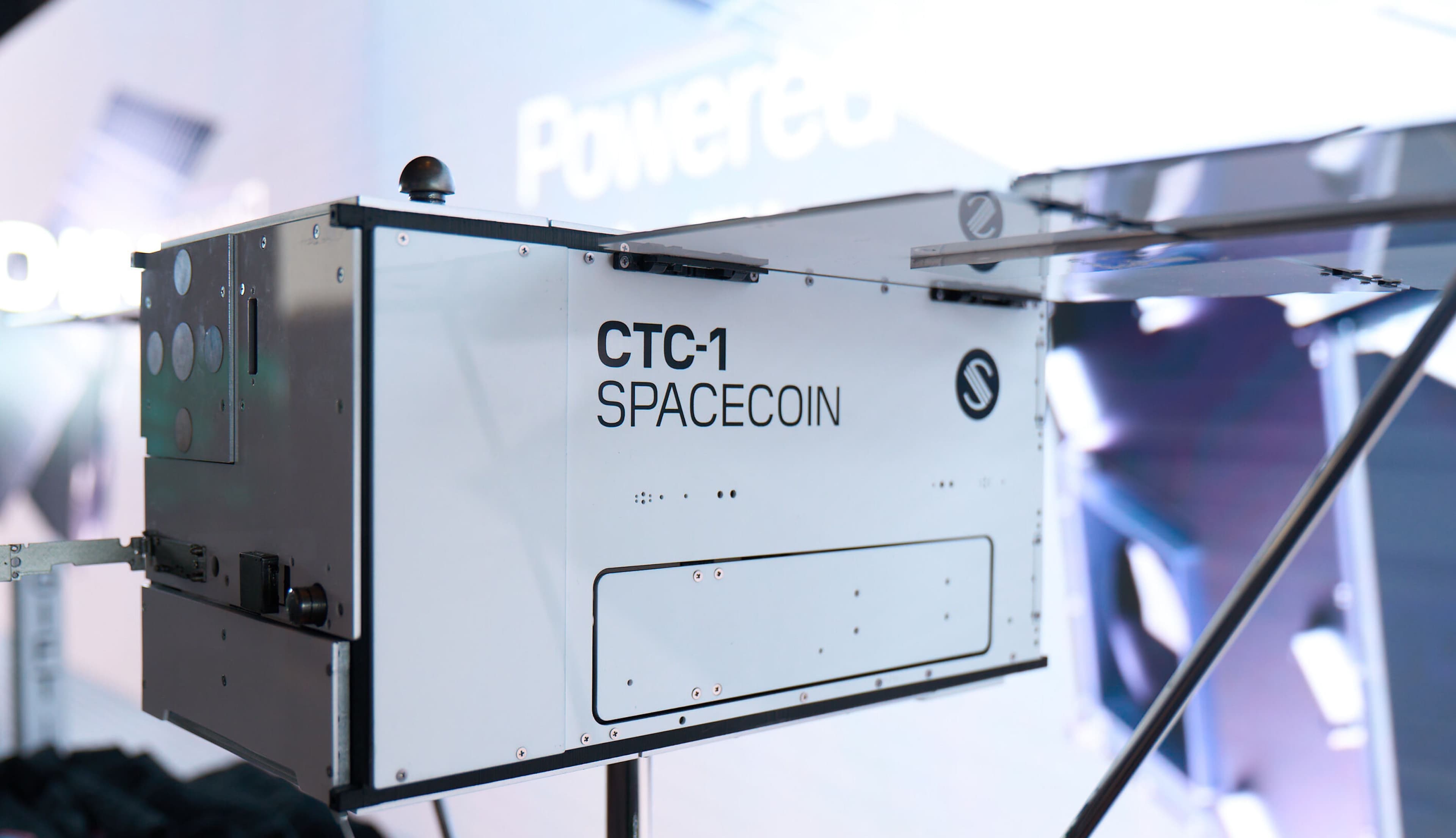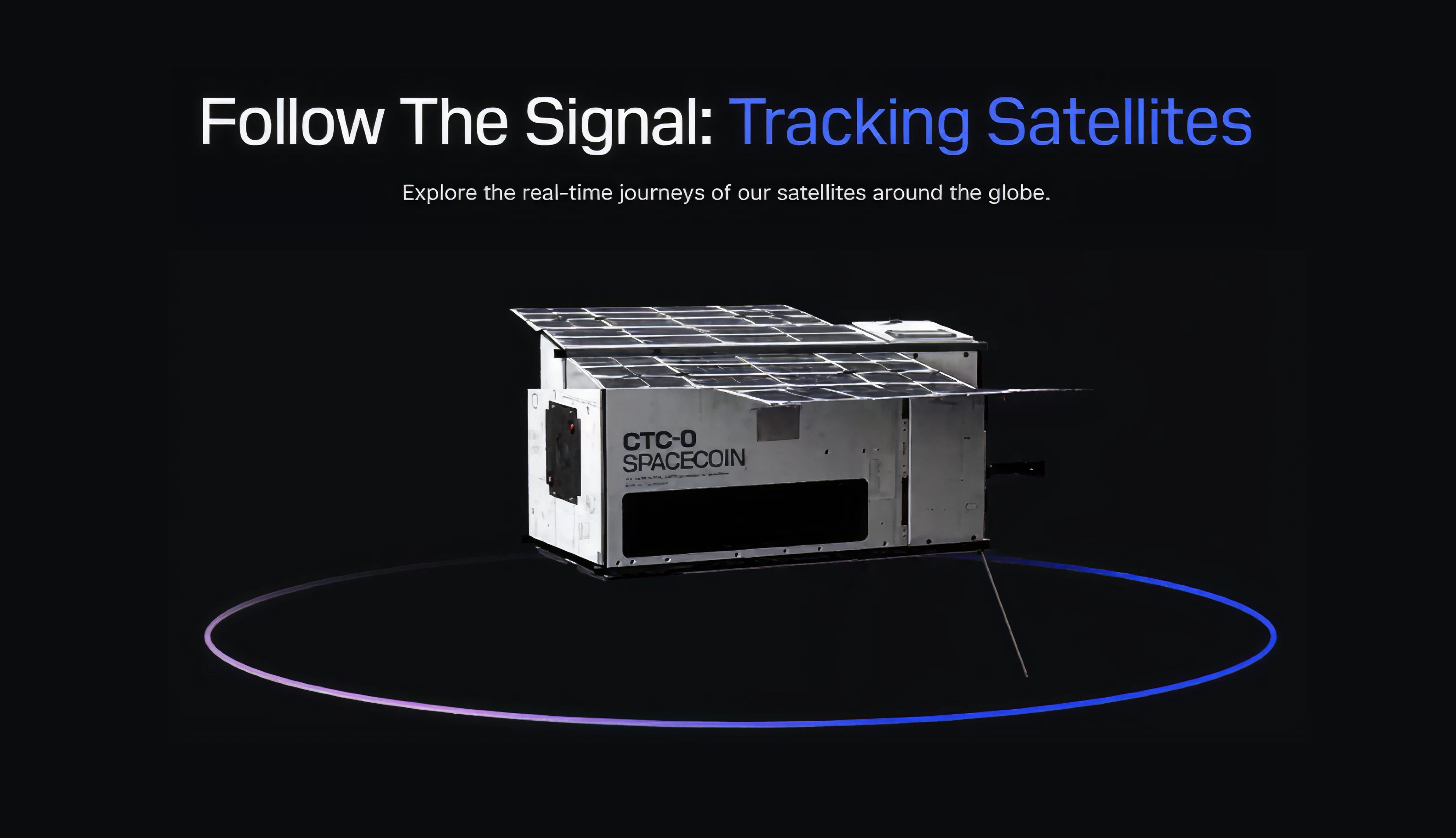Spacecoin introduces the first satellite DePIN: blockchain and LEO nanosatellites for global, inclusive, and decentralized 5G connectivity

According to the report “DePIN satelital: Spacecoin conecta blockchain desde el espacio”, Spacecoin has taken a decisive step in the evolution of Web3 infrastructure by presenting the first satellite DePIN —a network of low-Earth-orbit (LEO) nanosatellites that integrates blockchain and 5G connectivity to provide planetary-scale coverage.
This proposal redefines the notion of decentralization, extending the paradigm beyond cyberspace and into the orbital-physical realm. Spacecoin introduces a new category of digital infrastructure where global communication, data validation, and internet access no longer depend on centralized servers but on a network coordinated from space.
The term DePIN (Decentralized Physical Infrastructure Network) describes a model in which physical infrastructure—here, satellites—is managed and validated through blockchain.
Spacecoin merges both worlds by deploying a decentralized constellation of nanosatellites that act as autonomous network nodes. Each node coordinates data transmission through a blockchain validation layer, eliminating intermediaries and reducing single points of failure.
Entity + Action + Result:
Spacecoin → deploys LEO nanosatellites → enables global decentralized 5G connectivity.
The result is an architecture that transforms digital infrastructure into a distributed, resilient, and universally accessible ecosystem.

While a cellular tower covers up to 40 km², a LEO nanosatellite can span up to 1 million km². This scale makes space the new frontier of decentralization.
Spacecoin’s satellites function as interconnected nodes that communicate with one another and with terrestrial devices, validating every data packet through blockchain. This guarantees immutable traceability, removes the need for intermediaries, and reinforces security and digital sovereignty
Key benefits:
In essence, Spacecoin turns outer space into a new domain of Web3 infrastructure, where connectivity becomes a right, not a privilege.

One of the project’s most disruptive components is its integration with CreditCoin, a protocol that enables the creation of decentralized credit histories.
Through this alliance, Spacecoin introduces Buy Now, Pay Later (BNPL) models applied directly to satellite connectivity. This allows communities without banking access to finance their connection progressively via smart contracts.
Each payment is recorded on blockchain, generating an on-chain credit reputation that users can leverage to access other Web3 financial services.
Entity + Action + Result:
CreditCoin + Spacecoin → create decentralized microfinancing → drive global digital inclusion.
This model redefines access itself: it’s not only about connecting people, but about empowering them to participate economically in the decentralized digital economy.

Spacecoin’s vision goes beyond technology—it targets universal digital inclusion.
By offering affordable, verifiable, and financeable connectivity, the satellite DePIN could close a historic gap affecting billions of people without stable internet access.
At the same time, this orbital decentralized network reduces dependence on corporations or governments, strengthening information sovereignty and ensuring free, equitable access to knowledge.
Key outcome: decentralization + inclusion = global technological sovereignty.
Spacecoin’s model lays the groundwork for an interoperable space economy with Web3.
In the future, its applications could extend to global logistics, environmental monitoring, smart agriculture management, and decentralized governance from orbit.
With this network, blockchain ceases to be confined to cyberspace and becomes the planet’s nervous system, interlinking data, devices, and people beyond physical or political borders.
Spacecoin’s satellite DePIN marks a turning point in the history of connectivity.
By merging blockchain, 5G, and nanosatellites, the company ushers in a new era of orbital decentralized internet, where digital infrastructure becomes inclusive, sovereign, and resilient.
For the Meetlabs community, this breakthrough confirms that the future of Web3 will not remain in the cloud: we will orbit a network that guarantees freedom and digital inclusion for all humanity.